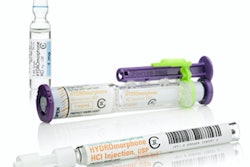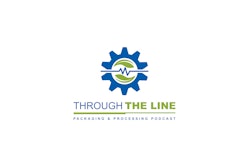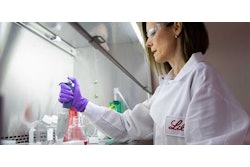The future of intralogistics is digital and networked, with autonomous intelligent systems and automated guided vehicles and systems either under consideration or in use in warehouses and production facilities worldwide. New methods of navigation and increasingly sophisticated sensor technology aim to further advance efficiency and process automation in production and warehouse logistics.
Blockchains could be crucial to digitally networking supply chain participants, providing transparency, process and manipulation security advantages. Yet many questions remain. For example, what logistics applications are blockchains suitable for? What legal and technical challenges still need to be clarified? What benefits do these technologies offer users?
Research experts, users and manufacturers will respond to questions such as these at the CeMAT Logistics Solutions Forum. Together with the Fraunhofer Institute for Material Flow and Logistics IML, the VDMA Materials Handling and Intralogistics Assn. has developed three technology roadmaps for Intralogistics 2025. The results, which include recommendations for action in the fields of sensor technology, communication and data science, will be presented and discussed in Forum Logistics 4.0 in Hall 19. With more than 3,200-member companies, VDMA is a network organization for mechanical engineering industry in Europe.
New digitalization technologies such as IT platforms, machine learning and digital twin expand the horizons of the logistics world in many user industries. (Wikipedia defines digital twin as a digital replica of physical assets, processes and systems that can provide both the elements and the dynamics of how an Internet of Things device operates and lives throughout its lifecycle.)
Ongoing technology improvements aim to optimize processes of the value-added chain and work more effectively and cost efficiently. With intelligent networking between production and logistics, information can be delivered both internally and externally for processes and products, according to a press release describing CeMAT.
The release notes, “The digital integration of industry, energy and logistics involve increases in computing power,” providing an “optimal framework for machine learning applications in the environment of Industry 4.0, enabling much previously unused information to become part of the value-added chain and contribute to the digital transformation of companies. Platforms will also increasingly dominate the logistics market. Many providers and users ensure that digital platforms regulate the market, reduce transaction costs and play a key role in redistributing value creation. Digital twin solutions also allow different perspectives in logistics. The digital twin is in constant interaction with its partner. It records the individual levels of the lifecycle and analyzes them. The advantage: Observations and sensor data from ongoing operations flow back into the model in real time and can be used for continuous optimization and updates.”






















